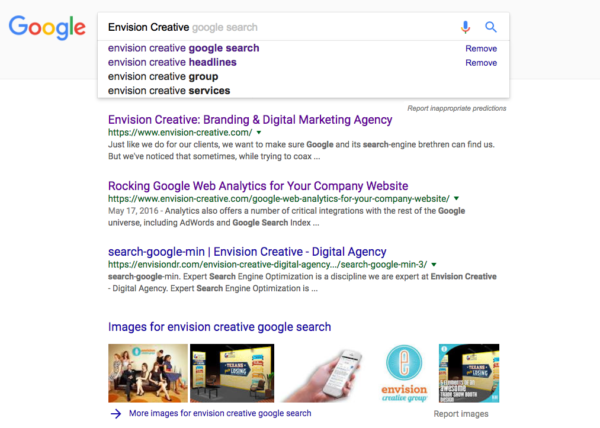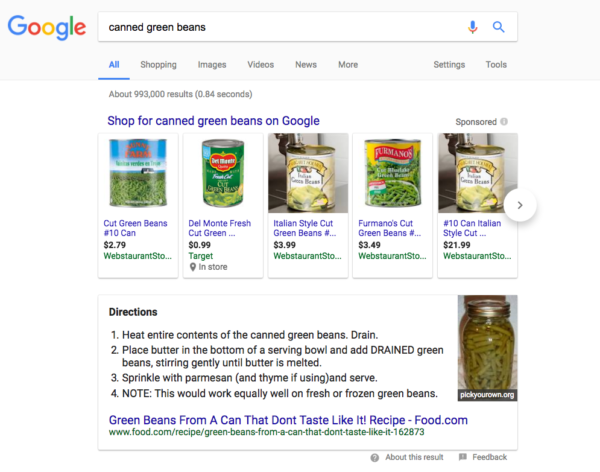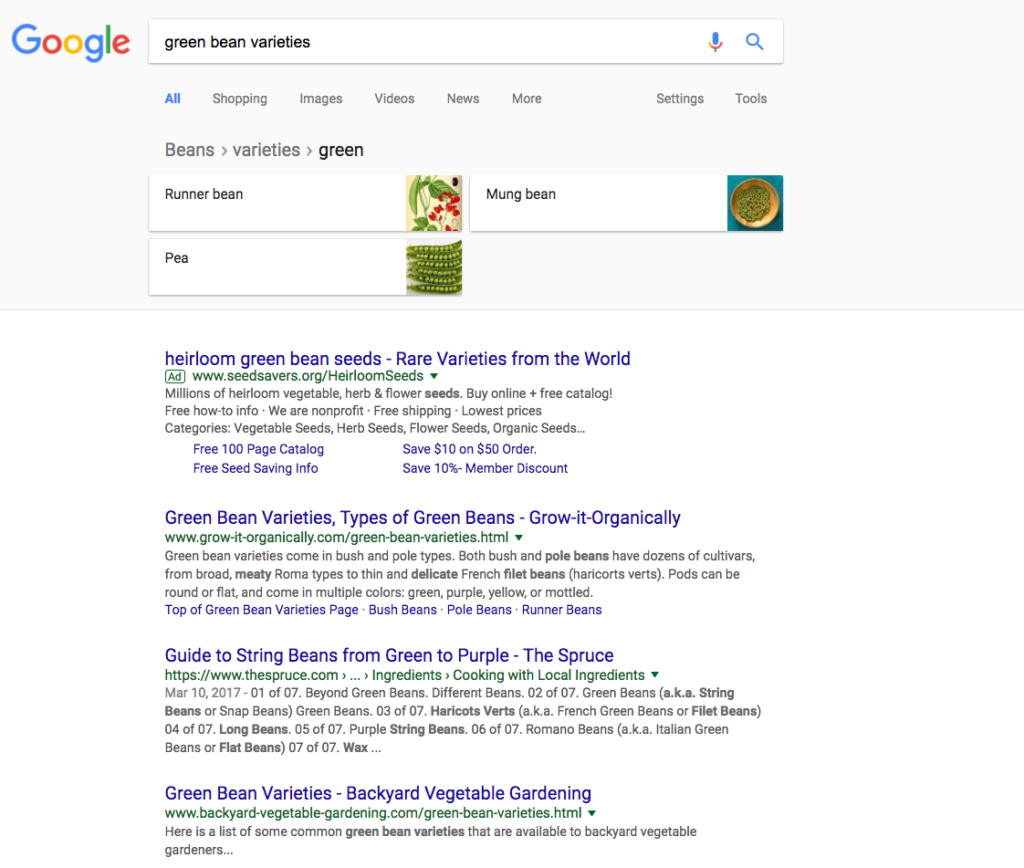No matter what stage your business is in or what position you hold in your company, you’ve probably spent some time thinking about Google keyword ranking. After all, if your website can’t rank for keywords, your content is doomed to the abyss know as the internet-void. Ranking well for keywords means your website will gain a significant amount of organic traffic which is a proven method of driving business growth. Without a comprehensive understanding of how to optimize your content to rank for keywords, achieving a high ranking is virtually impossible.
To rank for Google keywords, you need a strategy that cuts through all the noise. Your customers, leads, and prospects are searching for information related to your business every day. Unfortunately, you have to compete with a constant barrage of content and online activity in order to reach them. On Google alone, there are more than 2.4 million search queries taking place every minute. By 2019 it’s estimated that approximately 246 billion emails will be sent each day.
How can you possibly compete? By being smart and strategic.
Create a Google Keyword Ranking Strategy
Creating a strategy for keyword ranking is the best way to land content that earns the coveted #1 ranking. You’ll need to consistently research updates to Google’s search algorithms in order to build a competitive keyword ranking process. Keep in mind that Google’s updates are based on their mission statement, which is to “organize the world’s information and make it universally accessible and useful.”

Before we get too far ahead of ourselves, it’s important to understand what SERPs are. SERPs is short for Search Engine Results Pages. They’re the results offered to people who enter queries in search engines, such as Google, Bing, or Yahoo.
There are four main characteristics to focus on as you formulate your keyword ranking strategy:
1. Keyword Value
2. Focus on Long-Tail Keywords
3. Create a Content Network
4. Optimize
While we highlight theses four aspects of ranking in Google’s SERPs, there are many, many other factors that contribute to content ranking. If you have some time, it’s worth checking out Backlinko’s extensive list of Google’s top 200 ranking factors.
1. Keyword Value
Finding keywords with enough value to make it worth your time can be challenging. Ranking for SEO gets harder with each passing month. This is due in part to the excessive volume of content constantly being added to the internet. So where do you start?

Begin with some initial research. Whether you’re writing copy for your website or formulating a blog post you have an idea of what you’re writing about. If your business sells canned green beans start by making a list of all terms related to canned green beans:
- Canned green beans
- Cans of green beans
- Green beans
- Green bean cans
- Green beans canned
Once you’ve built an extensive list of possible keyword terms, it’s time to determine the potential value of each. You’ll want to use a keyword research tool at this point, such as Google’s Keyword Planner. There are two main indicators of value a keyword research tool can tell you:
1. Monthly search frequency
2. How difficult it will be to rank for your chosen keyword
Focus your efforts on finding 2-3 keywords that have high monthly search frequency and relatively low difficulty.
2. Focus on Long-Tail Keywords
When SEO was in its infancy, long-tail keywords didn’t really exist. If you were building a website two of your main keywords would have been “beans”, “canned”, and “green”, rather than “canned green beans”. A long-tail keyword is a series of keywords that make a phrase which is more specific than a single keyword. It’s “delicious canned green beans” versus “green beans”.

As with everything in Google keyword ranking, it’s become necessary to use hyper-targeted keywords to receive a good ranking. The more specific your long-tail keywords can be, the better because your customers usually know exactly what they are looking for. Use high-value long-tail keywords that match your customer’s search engine queries as closely as possible.
3. Create a Content Network
There must be consistency throughout your website to achieve high enough scores to rank on page 1 of Google’s search results. This means you can’t just use “delicious canned green beans” two or three times on your home page alone while ignoring the other pages. You need to create a network of content that uses related keyword terms and phrases.
Google keyword ranking is a systematic process that doesn’t happen overnight. Take the time to create blog posts, articles, social media posts, resource web pages, and more that use long-tail keywords related to your website’s main keyword.
For example: you could create a series of blog posts that indirectly center around canned green beans, using keywords like, “green bean varieties”, “canned goods origins”, and more. The only limitations are your imagination…and the value of your chosen keywords of course. Notice how the search results changed in the image below when a long-tail keyword was used. Rather tan green bean recipes and canned goods the results ranked for more informational, value-driven content.

4. Optimize
Optimizing your web pages and online content for Google keyword ranking is a little more straightforward than the other three aspects. You can basically follow a checklist to make sure your entire website is optimized to its fullest ability.
Optimization checklist:
1. Customize URLs to include the page’s focus keyword
2. Organize your pages by categories
3. Include a focus keyword in your page titles
4. Use proper H1, H2, and H3 tags
5. Make sure you have no more than 1 keyword per paragraph of your page content
6. Fill out the meta description
7. Include tags and make sure at least one of the tags is a focus keyword
8. Include ALT text that uses the focus keyword for all images
9. Make sure any linked content go to website with valuable content and good ranking authority
10. Check the load time of your pages – the faster it loads the better
Once you’ve familiarized yourself with these four aspects of Google keyword ranking, complete your strategy and start implementing first steps. Achieving the #1 ranking on Google is extremely difficult. The competition is fierce and the journey to get there can be long and winding. Just remember that SEO is an ongoing process. Continue to make improvements over time and our ranking will begin to climb.
-FINAL(01-00)-White&Blue-01.svg)





